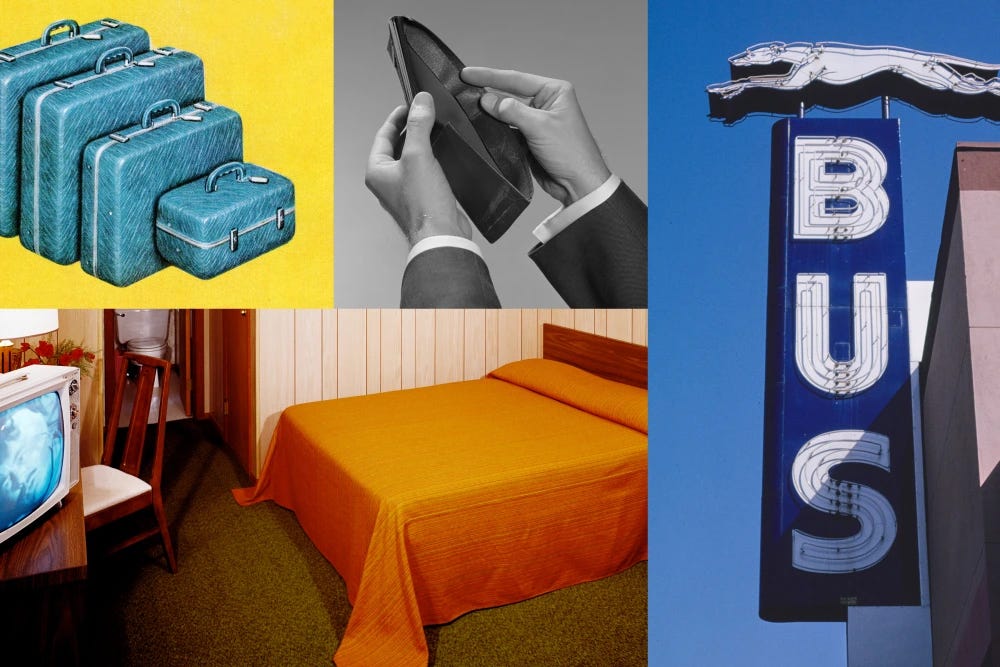Budget Travelers Seek Creative Solutions as Costs Rise — Buses and Day Trips Gaining Popularity
Consumers Adjust to Rising Travel Costs by Switching Modes of Transportation and Making Shorter, Cheaper Trips
As travel costs continue to climb, many consumers are finding themselves in search of budget-friendly alternatives. With high airfare and hotel prices, some travelers are turning to options like long-haul bus rides or opting for day trips to stay within their budgets. Others have decided to cut back on travel entirely, choosing to stay home.
New data from Morning Consult highlights a shift in travel behavior, showing that even high-income households have started to cut back on discretionary spending, including hotel stays. The second half of last year saw a drop in travel demand, a clear indication that rising costs are affecting travelers across the income spectrum.
“All the additional costs associated with traveling — such as airfare, gas, and meals — are causing more consumers to reconsider their trips,” said Deni Koenhemsi, head of economic analysis at Morning Consult.
For those who are still traveling, changes to plans are becoming more common. Ken Tran, 36, a marketing professional from New York City, shared that he has adjusted his travel habits by opting for less expensive accommodations or choosing off-peak travel times. He often chooses basic economy for shorter trips and seeks out alternative travel modes, like trains or buses, when possible. “There are many more options for travel outside of flying, and when booked in advance, tickets are pretty reasonably priced,” Tran noted.
Middle-income travelers are generally more likely to stretch their budgets to maintain their travel plans, while lower-income households are pulling back, according to Morning Consult. This divide reflects the growing trend of the travel industry catering primarily to wealthier customers, leaving less room for budget-conscious options.
Despite the challenges for budget travelers, high-income households remain steadfast in their travel plans. A recent survey by Future Partners found that 93% of individuals earning $200,000 or more annually plan to travel as much or more in the coming year. Meanwhile, nearly 28% of those earning under $50,000 expect to reduce their leisure travel.
For consumers looking to keep costs down, trade-offs are inevitable. Many economy hotels are reducing amenities to offset rising operational costs, which include expenses for payroll, energy, and insurance. Jan Freitag of CoStar Group, a hospitality analytics firm, noted that while room rates at budget hotels have seen a slight decrease, amenities like hot breakfast items are being replaced with “heat-it-yourself” options.
Travel blogger Suzanne Wolko has embraced day trips to avoid the need for expensive lodging. “The cost of lodging has become a real budget issue,” she said, explaining that she often takes a 90-minute train ride to New York City for Broadway shows rather than paying for costly hotel stays.
Airfares, particularly for domestic flights, have increased by about 12% compared to last year, according to the booking platform Hopper. The trend is expected to continue into the summer months, with prices forecasted to rise significantly. For those looking for ways to save, experts recommend booking flights on Sunday mornings when prices are lower due to fewer travelers searching for tickets.
Some travelers who cannot afford to fly are turning to alternative ground transportation. In regions like the Northeast and Pacific Northwest, Amtrak tickets are often cheaper than flying, with the rail operator setting a new ridership record in fiscal 2024.
For many, buses remain the most affordable travel option. While fares for bus trips are no longer as low as they were pre-pandemic, they still offer significant savings compared to flights. For example, a one-way bus ticket from Los Angeles to Las Vegas costs around $50, whereas a last-minute flight on Southwest Airlines for the same route can exceed $140. Though buses take longer, they offer more affordable fares and fewer hidden fees.
Bus networks are still recovering from pandemic-related cutbacks, but routes are expanding, especially in high-demand areas such as Las Vegas to Los Angeles and Miami to Orlando. Government investment in state-run bus systems is helping to support this growth, particularly in Colorado, North Carolina, and Virginia.
“It’s not glamorous, but the network is vast, it gets the job done, and you can bring a lot of luggage without a lot of fees,” said Joe Schwieterman, director of the Chaddick Institute for Metropolitan Development.
As travel costs continue to rise, it’s clear that travelers are adapting in creative ways, whether by rethinking their transportation options or scaling back their trips. The trend toward budget-conscious travel is reshaping how Americans approach their travel plans in an era of rising costs.


